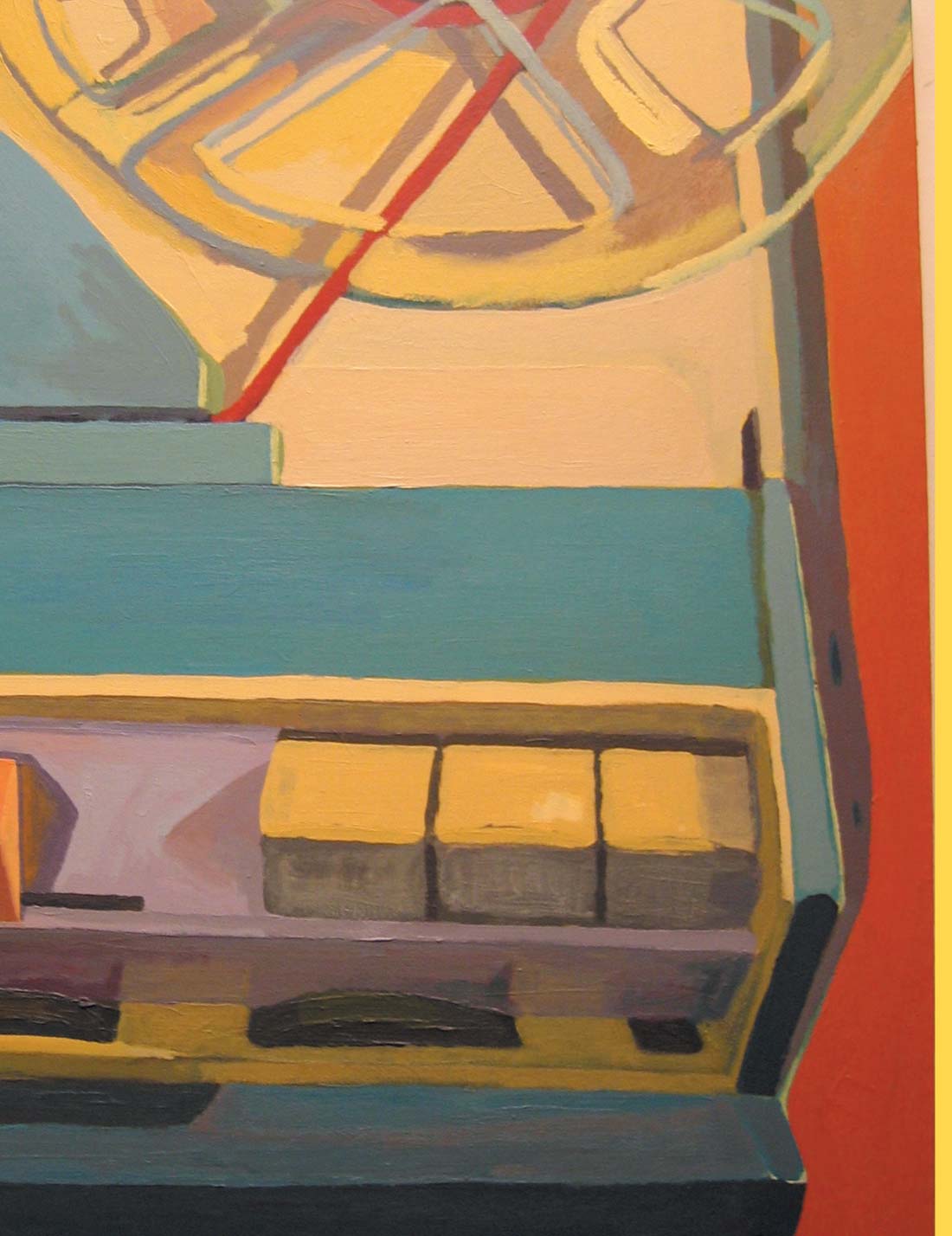The live room in my recording studio has lots of natural light (see www. kimcheerecords.com/articles/studioacoustics/ for photos), much of it from two skylights. When we first built out the studio, we skipped treating the skylights, because some casual testing proved that any sound that escaped through them just went upwards and wasn't loud enough outside at street level to warrant concern. But the problem turned out to be sound leakage into the otherwise dead-quiet room. Trucks and loud cars could be heard through the skylight while tracking quiet acoustic instruments or vocals. And the sound of rain hitting the skylight's glass sometimes lent a specific mood to a quiet recording, whether appropriate or not. I didn't want to block the skylights, and I didn't want to spend a ton of dough adding soundproof glass (with all the expensive framing required). So instead, I utilized clear SheetBlok.
SheetBlok is an extremely dense, extremely "dead," 1/8'' thick vinyl sheet (sold in 4 ft wide rolls) that's usually sandwiched within walls, ceilings, or floors to act as a sound barrier. It has an STC 27 rating, making it more effective than the same thickness of solid lead at blocking sound. And it's black. Well, it's usually black. While poking around Auralex's website, I found a link to photos of a clear version of SheetBlok utilized as a window treatment. Interesting. I also noted that the text described how some of the windows had cracked due to the tight seal created by the SheetBlok window covers trapping in heat-expanded air. So I came up with a plan. What if I fashioned interior skylight covers made with two layers of clear SheetBlok, with a small hole in each layer-the two holes at opposite corners (and a labyrinthine path between them)-to allow for changes in air pressure (and humidity) within the "air trap."
Between his tracking and mixing dates at my studio, Pat Muecke from the band Pick Ups manufactured the dual- layered SheetBlok skylight covers using furniture-grade plywood for framing. Once the covers were mounted, all problems were solved. No more traffic noise and not even the hint of any rainfall, no matter how torrential the storm outside. And I still get tons of natural light into my studio. I couldn't be happier. ($7 per sq ft, special order; www.auralexacoustics.com)




_disp_horizontal_bw.jpg)